Books
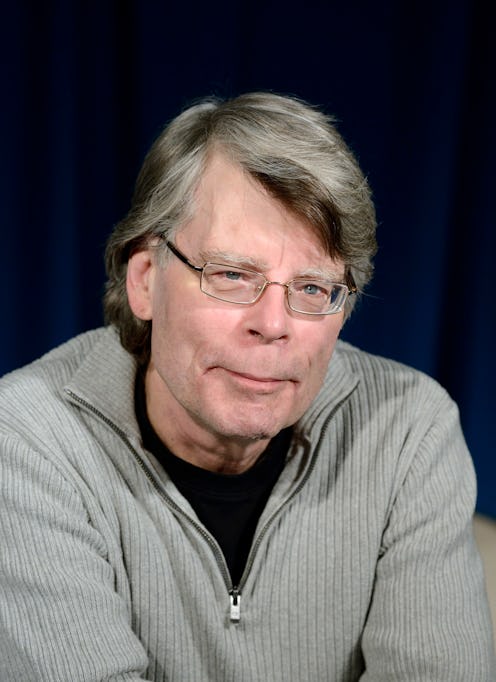
Look. You can write all the horror stories you want. But until you have sex with your married boyfriend on your own mother's grave, you will never, ever be as goth as Mary Shelley. The life of a writer can be lonely and strange and sometimes even downright creepy. Not just the horror writers, either. Some popular novelists and even children's book authors have the odd skeleton tucked away, deep in their closet. Here are a few weird, disturbing, and truly creepy facts about some of your favorite authors, because the truth is creepier than fiction.
Some of the authors on this list are really quite quirky in their creepiness. They're eccentric. They hang out in graveyards, they bust ghosts, or maybe they do borderline creepy things, like believing in fairies. But some of these other authors are, to put it mildly, not the kind of people you want to bump into in a dark alleyway. These authors are walking around marrying thirteen year old girls, dressing up as their dead siblings, and literally murdering people. Yes, you may have read a bestselling book written by an actual murderer. So... on that note... enjoy these upsetting facts about some of the biggest names in literature:
1
Mary Shelley had sex for the first time on her mother’s grave
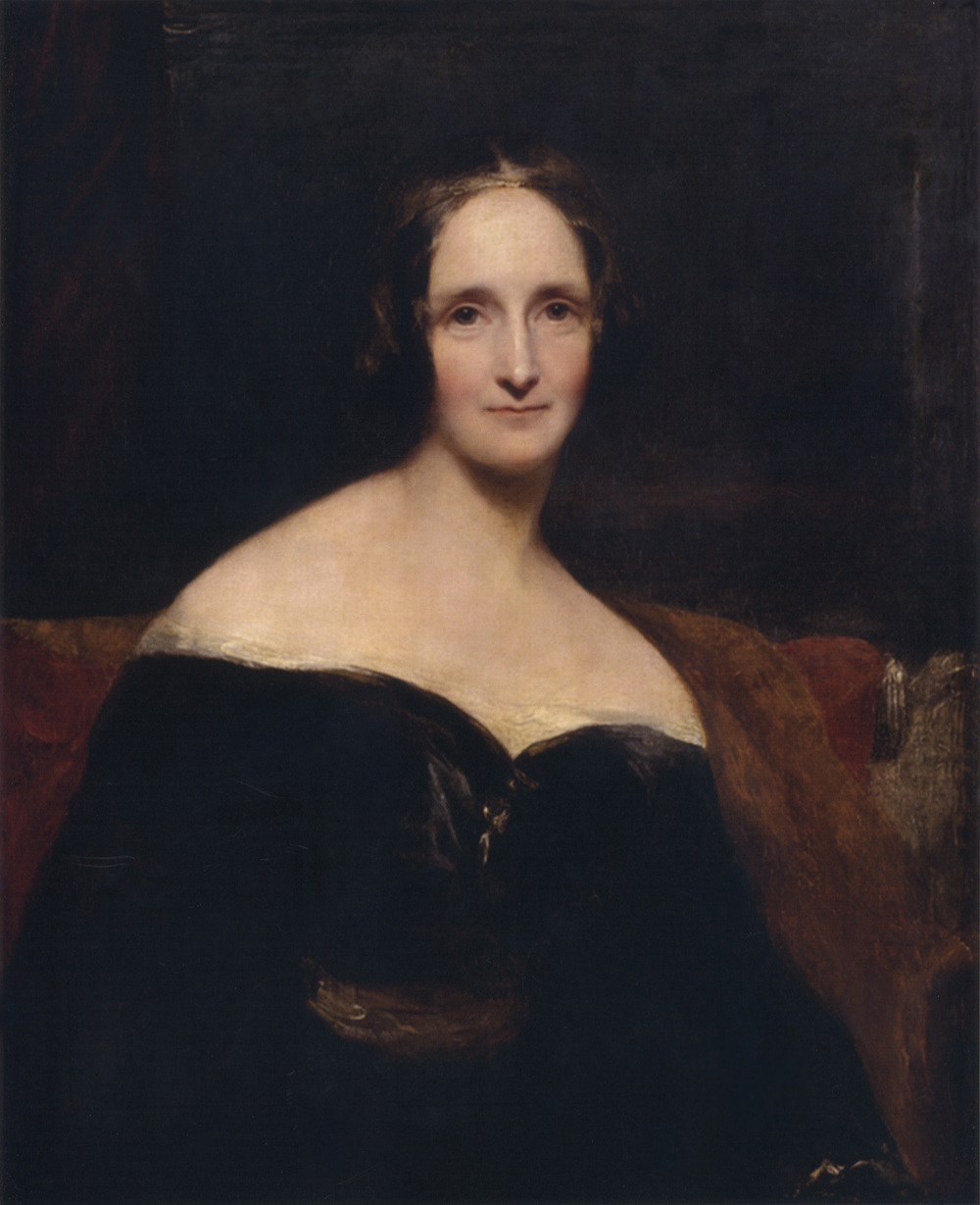
Allegedly, Mary Shelley lost her virginity to her future husband Percy Shelley on her own mother's grave. There's just no topping that. Young Mary is also said to have learned how to spell her name by tracing the letters on her mother's headstone (her mother was also named Mary). She was still a teenager when she got married and started writing Frankenstein.
2
Charles Dickens was a ghost buster
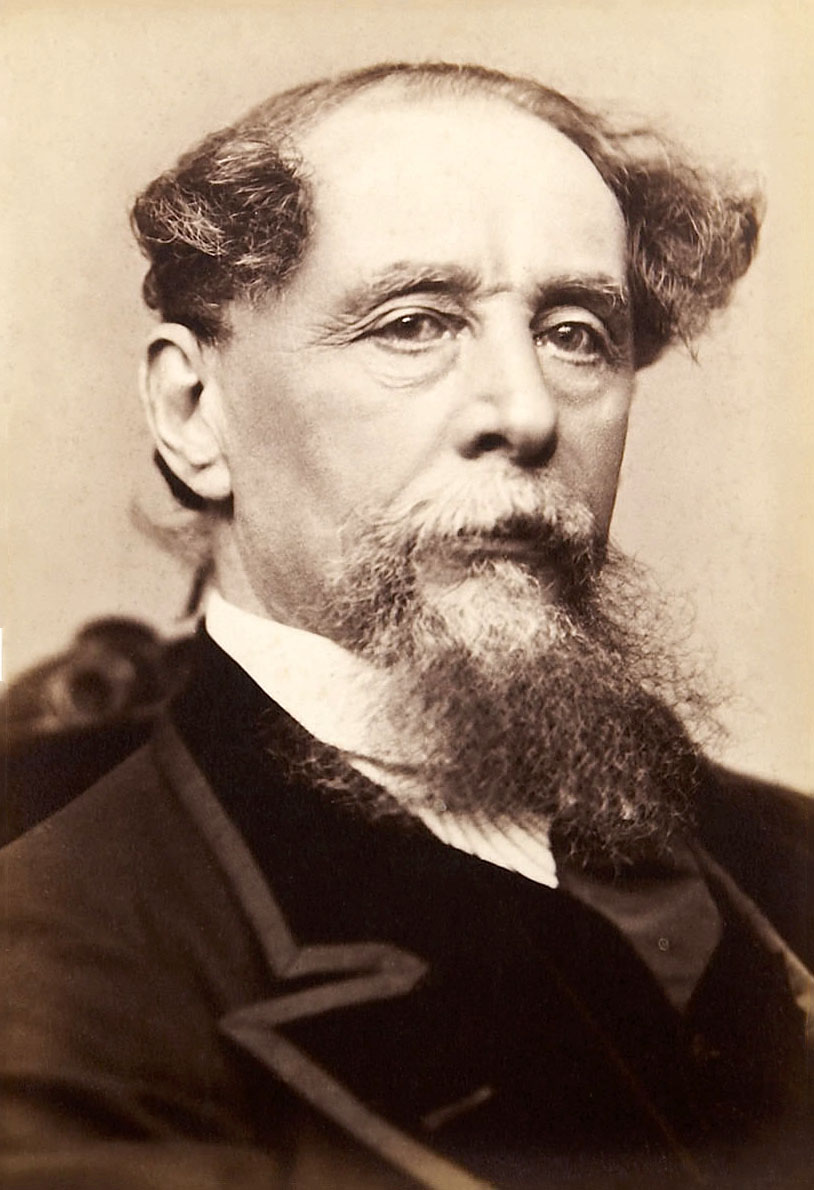
Charles Dickens was an actual, real life ghost hunter, as a member of the imaginatively named Ghost Club, London's oldest paranormal investigation group. Dickens himself was iffy on the existence of ghosts — he joined the club hoping to debunk a lot of spiritual nonsense. But he was super into hypnotism, so... there you go.
3
Arthur Conan Doyle believed in fairies
Unlike his famous character Sherlock Holmes, Sir Arthur Conan Doyle wasn't so much into logic. He was into fairies. Doyle was also a member of Ghost Club, and he publicly insisted that fairies and ghosts were real, and that Harry Houdini was magical... even though Houdini was friends with Doyle in real life, and tried to explain that his "magic" was all tricks.
4
William S. Burroughs shot his wife
The author of Naked Lunch shot his wife, Joan Vollmer, in the head while playing a drunken game of "William Tell." He was aiming to shoot a glass off of Vollmer's head, but his aim was too low. She died almost instantly. Burroughs was living in Mexico at the time, so he skipped town back to the United States and never served his full sentence for homicide.
5
Bram Stoker was a Queen Elizabeth Truther
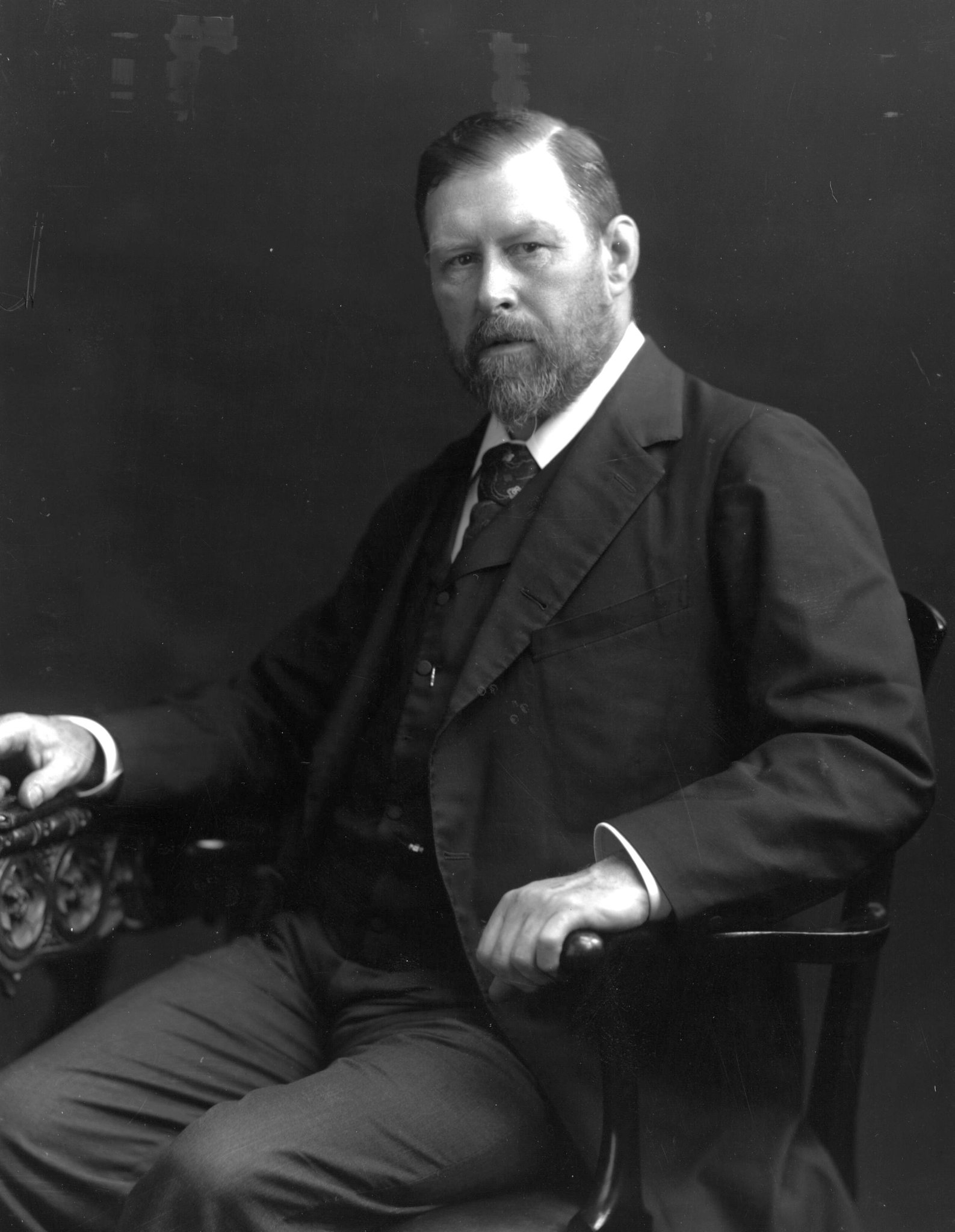
Despite being the author of Dracula, Bram Stoker preferred science to weird occult theories... unless we're talking about Queen Elizabeth I. Stoker believed that Elizabeth was actually a boy in drag. His book Famous Imposters dives deep into this conspiracy theory, although it reads more like a Twilight Zone spec script than anything else.
6
Edgar Allan Poe married his thirteen-year-old cousin

...and then she died at the age of twenty-four, and he was sad about it for the rest of his life. But... still, don't marry your thirteen-year-old cousin. It's creepy. Even for Poe.
7
J.M. Barrie used to dress up as his dead brother

When Barrie was six, his older brother fell through the ice and died. In order to cheer up his distraught mother, Barrie would dress up in his brother's clothes and pretend to be the dead boy. This creepy idea of a boy who never grew up definitely factored into Barrie's later creation, Peter Pan.
8
H.P. Lovecraft was afraid of salad

In addition to being enormously racist and writing about horrific sea monsters, H.P. Lovecraft was deathly afraid of many things. His list of phobias included most plant life, marine animals, anything gelatinous, cold temperatures, percussion instruments, caves, cellars, old age, long stretches of time, monumental architecture, non-Euclidean geometry, deserts, oceans, rats, dogs, the New England countryside, New York City, fungi and molds, medical experiments, dreams, brittle textures, the color gray, old books, heredity, mists, gases, whistling, and whispering, to name a few.
9
Emily Dickinson didn’t die, she was “called back”

Just before she died, Emily Dickinson wrote one last letter to her cousins. It simply said: "Called Back." These words have also been added to her headstone.
10
Charlotte Brontë was inspired by her dead siblings
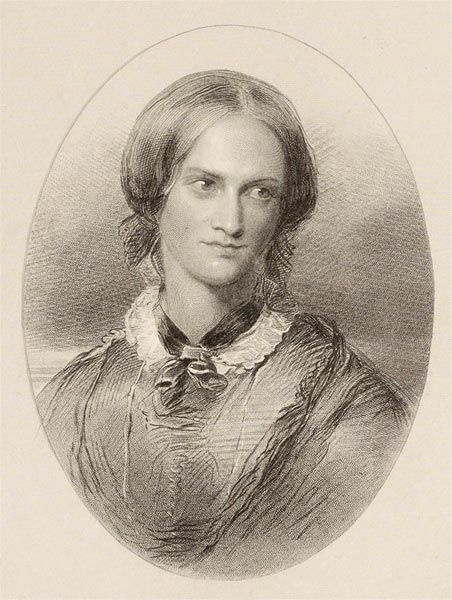
Poor Charlotte outlived all of her siblings. But two of her sisters died at boarding school when she was quite young, and Brontë always maintained that the poor conditions and lack of medical attention at the school killed her sisters, as well as damaging her own health. The school in Jane Eyre is based off of her own grim experience with boarding school.
11
Anne Perry murdered her friend's mother

Anne Perry is now a successful author of murder mysteries... which is pretty fitting, given that when she was 15 years old, she and her best friend were convicted of murdering her best friend's mother. Their joint murder was adapted into the film Heavenly Creatures. Perry was so young at the time that she only had to serve five years in prison, and during that time she came to deeply regret her actions.
12
J.D. Salinger drank his own urine

J.D. Salinger was famously reclusive, but he was also pretty creepy. According to his daughter, Margaret Salinger, her father allegedly engaged in the practices of drinking his own urine and speaking in tongues. She also claims he refused to allow Margaret's mother to visit family or relatives, and she eventually divorced him.
13
Stephen King is afraid of the number 13
"19" is the number to watch out for in Stephen King's books. But King himself has a phobia of the very creepy number "13," or triskaidekaphobia. As he puts it, “When I’m writing, I’ll never stop work if the page number is 13 or a multiple of 13; I’ll just keep on typing till I get to a safe number."